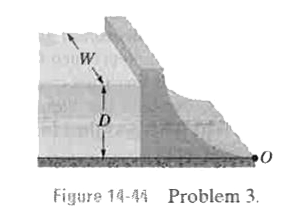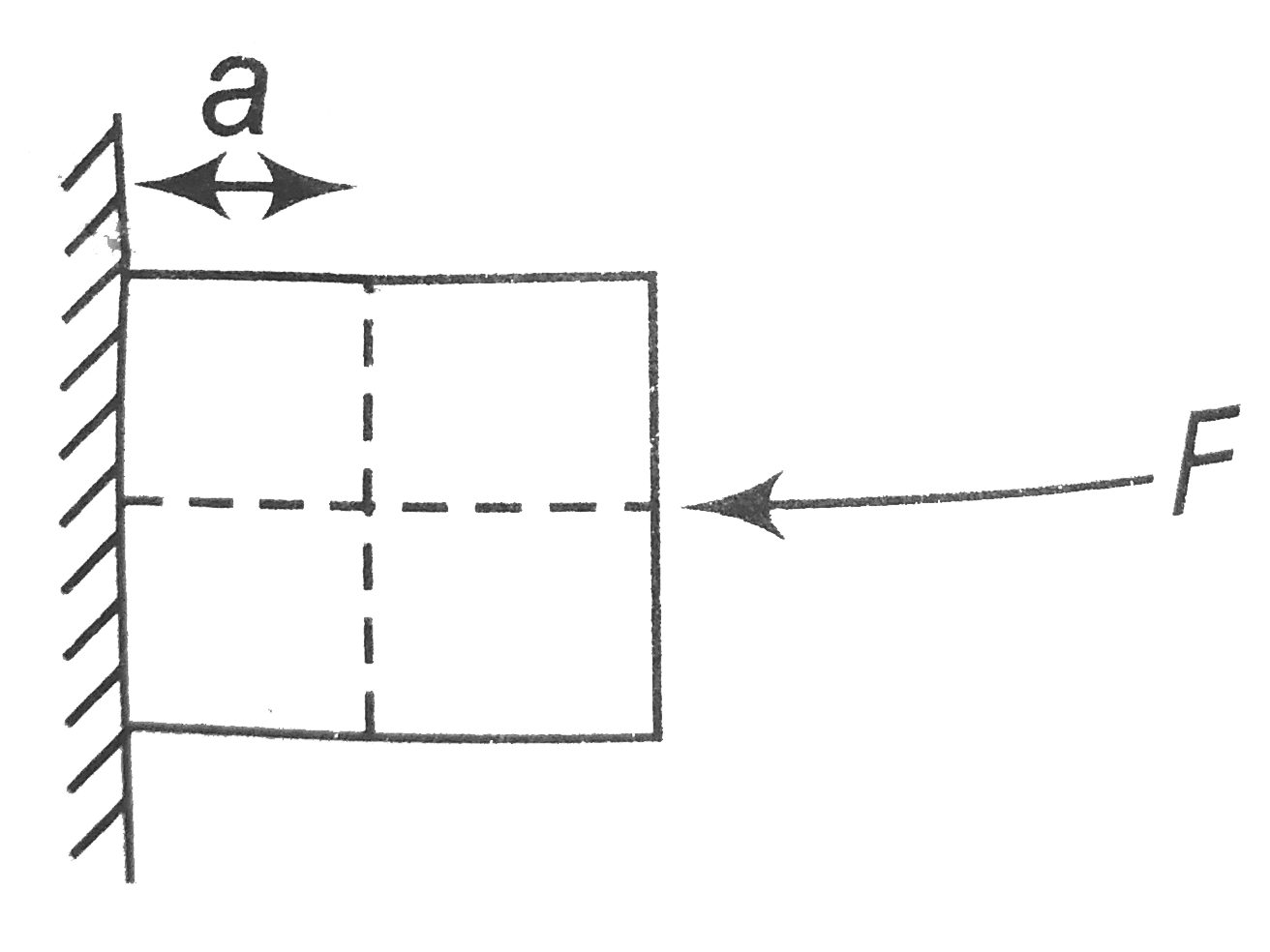Torque due to a force is the product of………….and……………..of line of action…………. .
To solve the question regarding torque due to a force, we will break it down step by step.
1. Understanding Torque:
Torque (τ) is a measure of the rotational force applied to an object. It is defined as the tendency of a force to rotate an object about an axis.
2. Formula for Torque:
The torque can be mathematically expressed as:
τ=r×F
where:
- τ is the torque,
- r is the distance from the axis of rotation to the line of action of the force,
- F is the magnitude of the force applied.
3. Identifying the Components:
- The first component we need to fill in is the force (F). This is the actual force being applied to the object.
- The second component is the perpendicular distance (r) from the axis of rotation to the line of action of the force. This distance is crucial as it determines how effective the force is in producing rotation.
4. Final Answer:
Therefore, we can fill in the blanks in the question as follows:
"Torque due to a force is the product of force and perpendicular distance of the line of action of the force from the axis of rotation."
Summary:
- Torque is the product of force and perpendicular distance from the line of action of the force to the axis of rotation.
Torque (τ) is a measure of the rotational force applied to an object. It is defined as the tendency of a force to rotate an object about an axis.
The torque can be mathematically expressed as:
τ=r×F
where:
- τ is the torque,
- r is the distance from the axis of rotation to the line of action of the force,
- F is the magnitude of the force applied.
- The first component we need to fill in is the force (F). This is the actual force being applied to the object.
- The second component is the perpendicular distance (r) from the axis of rotation to the line of action of the force. This distance is crucial as it determines how effective the force is in producing rotation.
Therefore, we can fill in the blanks in the question as follows:
"Torque due to a force is the product of force and perpendicular distance of the line of action of the force from the axis of rotation."
- Torque is the product of force and perpendicular distance from the line of action of the force to the axis of rotation.
Topper's Solved these Questions
- SYSTEMS OF PARTICLES AND ROTATIONAL MOTIONBOOK - PRADEEPCHAPTER - SYSTEMS OF PARTICLES AND ROTATIONAL MOTIONEXERCISE - PROBLEMS FOR PRACTICE TYPE A
2 Videos
- SYSTEMS OF PARTICLES AND ROTATIONAL MOTIONBOOK - PRADEEPCHAPTER - SYSTEMS OF PARTICLES AND ROTATIONAL MOTIONEXERCISE - PROBLEMS FOR PRACTICE
69 Videos
- SYSTEMS OF PARTICLES AND ROTATIONAL MOTIONBOOK - PRADEEPCHAPTER - SYSTEMS OF PARTICLES AND ROTATIONAL MOTIONEXERCISE - MULTIPLE CHOICE QUESTIONS
151 Videos
- RAY OPTICSBOOK - PRADEEPCHAPTER - RAY OPTICSEXERCISE - Problem For Practice(a)
25 Videos
- THERMODYNAMICSBOOK - PRADEEPCHAPTER - THERMODYNAMICSEXERCISE - Assertion- Reason Type Questions
19 Videos
Similar Questions
In Fig ., the fresh water stands at depth D = 30.0 m behind the vertical upstream face of a dam of width W = 250 m. Find (a) the net horizontal force on the dam from the gauge pressure of the water and (b) the net torque due to that force about a horizontal line through O parallel to the (long) width of the dam. This torque tends to rotate the dam around that line, which would cause the dam to fail. (c) Find the moment arm of the torque.

View SolutionA force couple is the term used for a system of two equal antiparallel forces, the arm of the couple is the shortest distance between the forces. Prove that the torque is equal to the product of the magnitude of the force and the arm no matter what is the position of the point with respect to which the torque is determined.
View Solution
Knowledge Check
A body is in equilibrium under the influence of a number of forces. Each has a different line of action. The minimum number of forces required is.
A2, if their lines of action pass through the centre of mass of the body.B3, if their lines of action are not parallel.C3, if their line of action are parallel.D4, if their line of action are parallel and all the forces have the same magnitude.Two concurrent forces are of magnitudes (P+Q) newtons and (P-Q) newtons. Then angle between their line of acting is 135∘, and their resultant is a force of 2 newtons, perpendicular to the line of action of the second force. Then the values of P and Q are respectively.
A(√2+1)N,(√2−1)NB(√2−1)N,(√+1)NC(√3+1)N,(√−1)ND(√3−1)N,(√3+1)NThe action and reaction forces act on
Abodies at rest onlyBbodies in uniform motion onlyCbodies in uniformly accelerated motionDtwo bodies irrespective of their positions and state of motion//rest.
The line drawn in the direction of force is called the line of action of that force. State true / false.
View SolutionStatement -1: Torque due to force is maximum when angle between →rand→Fis90∘.
Statement -2: The unit of torque is newton- meter.
View SolutionThe forces of action and reaction act on
View SolutionAction and reaction forces act on
View SolutionA horizontal force F is applied such that the block remains stationary because N will produce torque.
The torque produced by friction force is equal and opposite the torque produce due to normal reaction (N).
 .
.
View Solution
